Four of the best cheeses for Christmas, as recommended by the cheesemonger celebrating its 225th birthday
As legendary cheesemonger Paxton & Whitfield celebrates its 225th birthday, its experts name four of their best-selling cheeses of all time — while Emma Hughes goes behind the scenes and discovers why this remarkable business has stood the test of time.
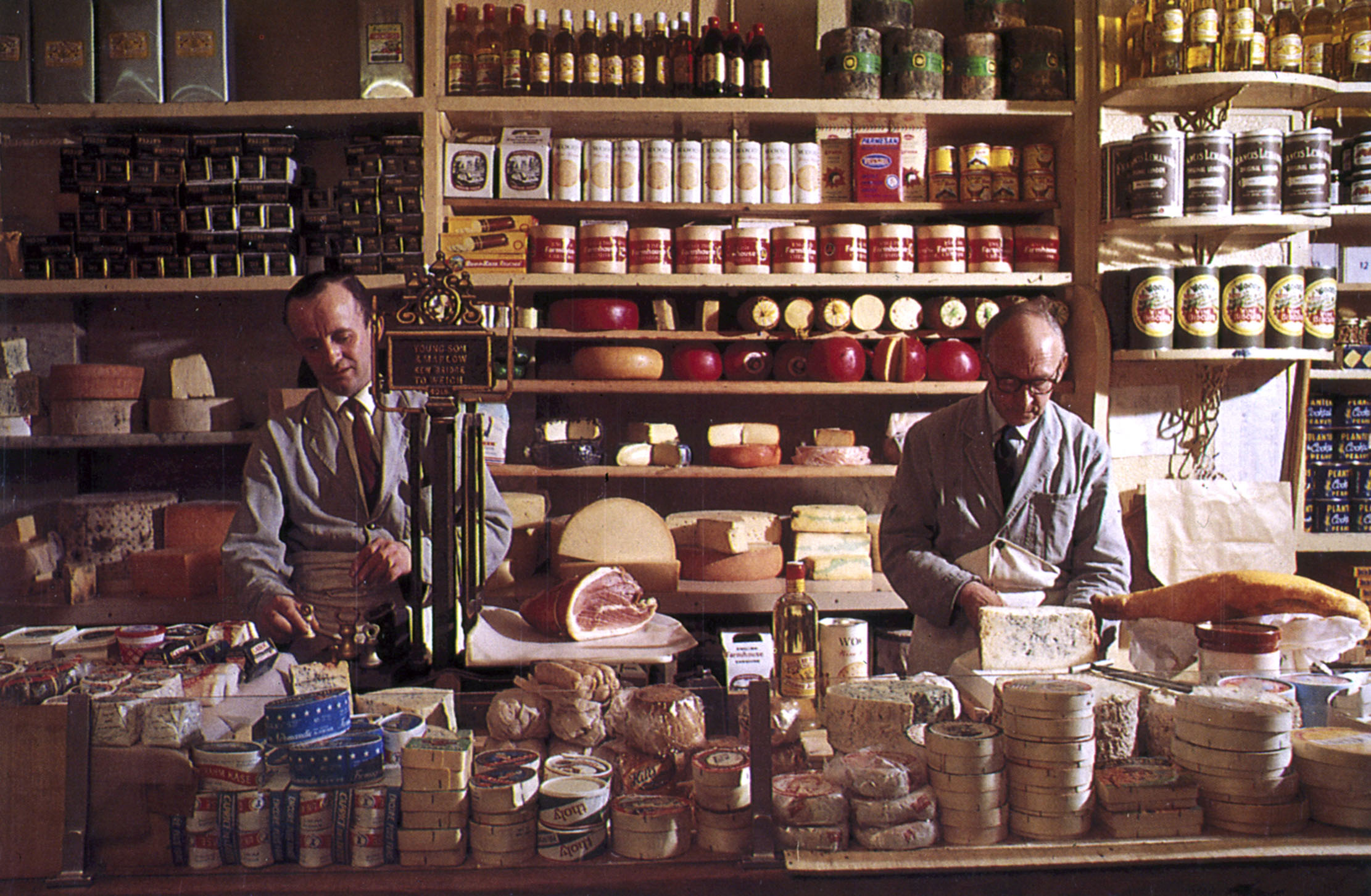
Cropwell Bishop Stilton
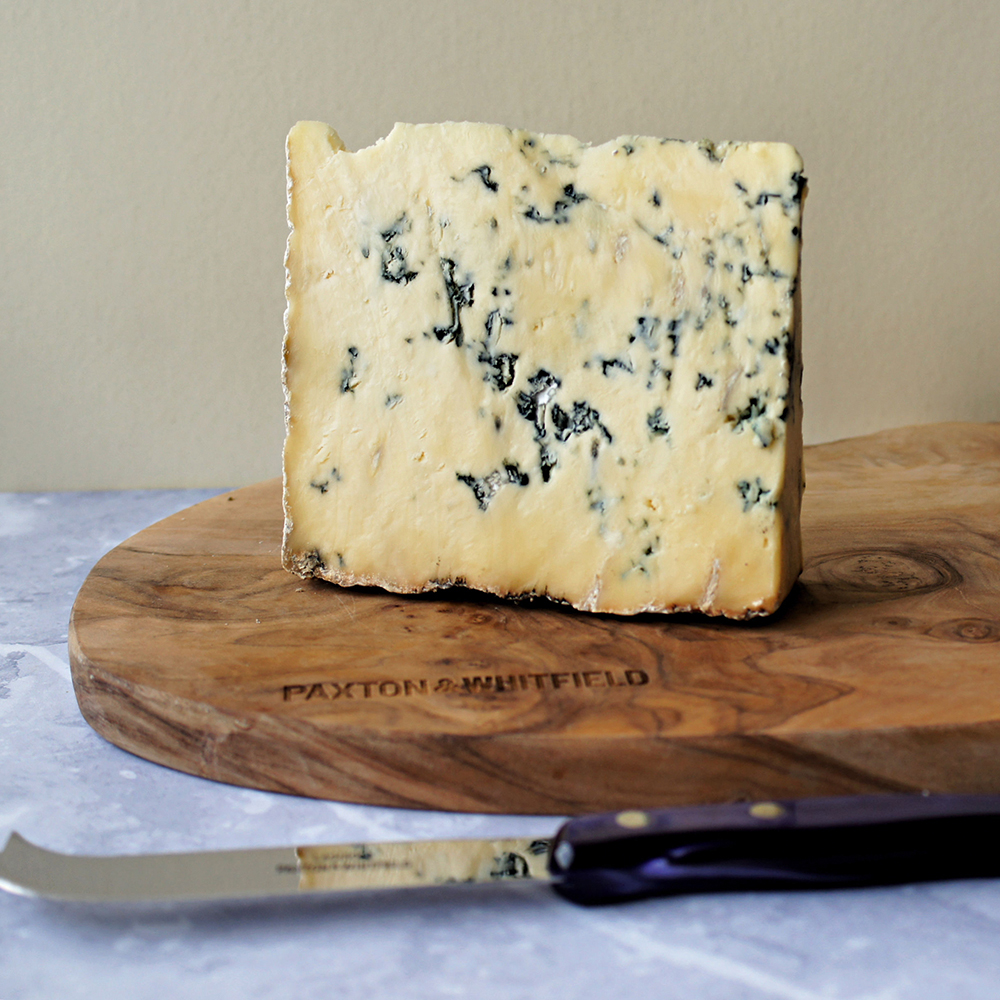
One of Churchill’s favourites, Stilton was pioneered in London by Paxton & Whitfield. Cropwell Bishop in Nottinghamshire produces a creamy, mellow and buttery Stilton, with curds that are still hand-ladled before being drained. It remains the shop’s bestseller to this day. £7.50 per 250g
Cheshire Appleby
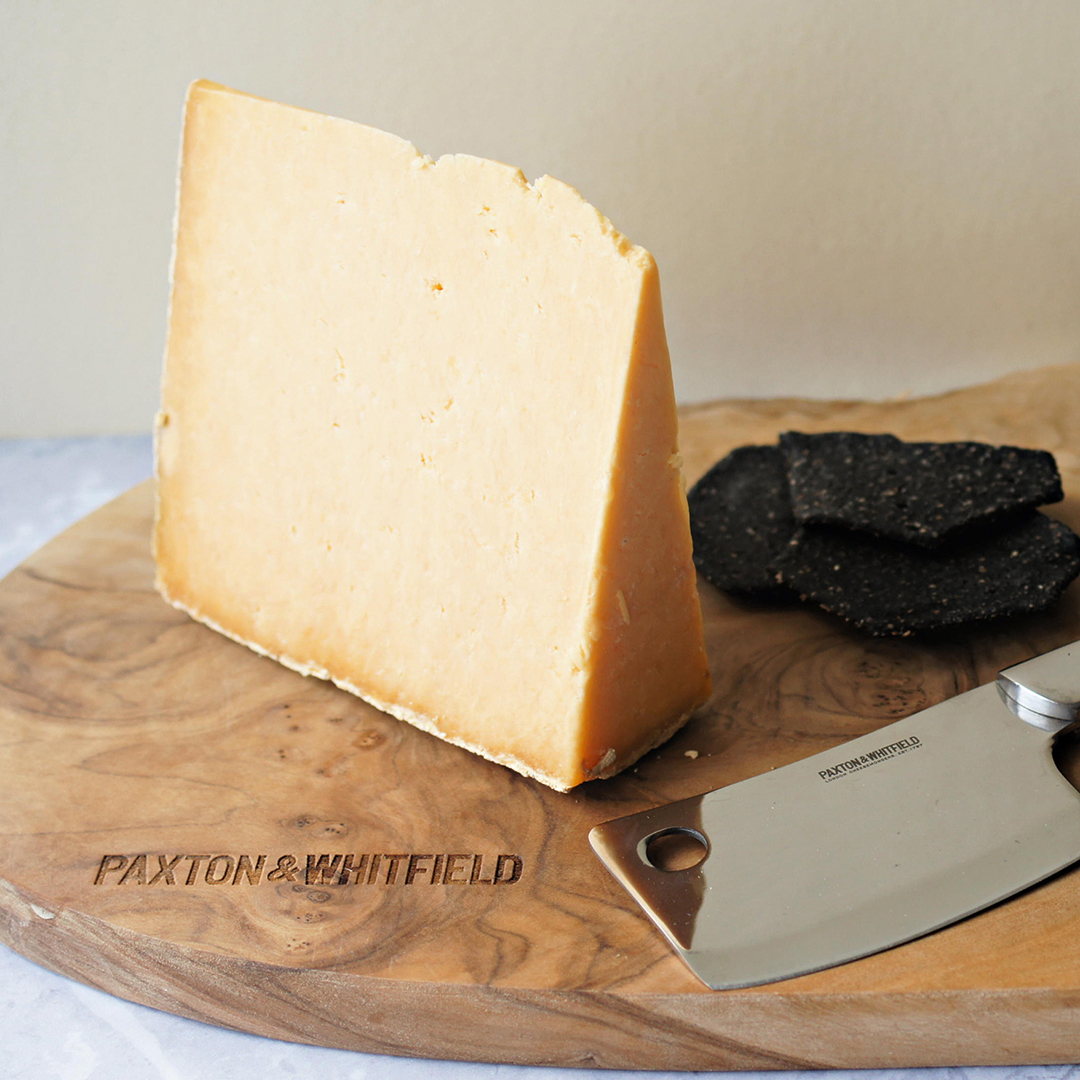
By the 1750s, not long after Stephen Cullum set up his market stall, cheesemongers were sending some 2,000 tons of Cheshire to London alone. Appleby’s Cheshire is traditionally cloth-bound and moreishly crumbly, with a salinity that comes from salty soils beneath the grazing pastures on the Cheshire/Shropshire border. £7.25 per 250g
Cave-Aged Cheddar
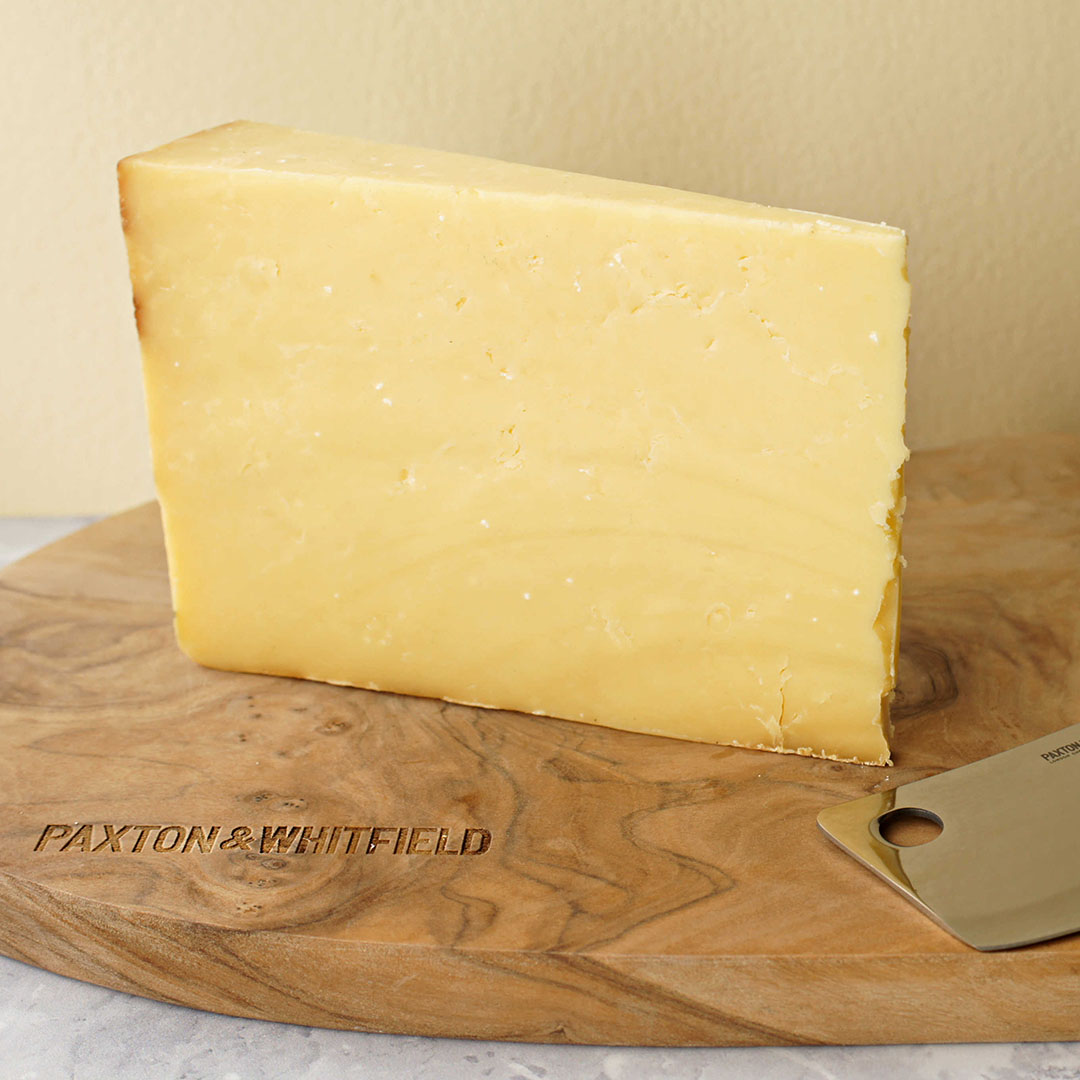
The practice of cave-ageing cheddars dates back to the 12th century. Paxton & Whitfield’s is fruity and smooth, traditionally made with milk from herds in Dorset’s Bride Valley and matured in the historic Wookey Hole Caves in Somerset. A 2020 Great Taste Award Winner, it has Protected Designation of Origin (PDO) status. £6.50 per 250g
Sparkenhoe Shropshire Blue
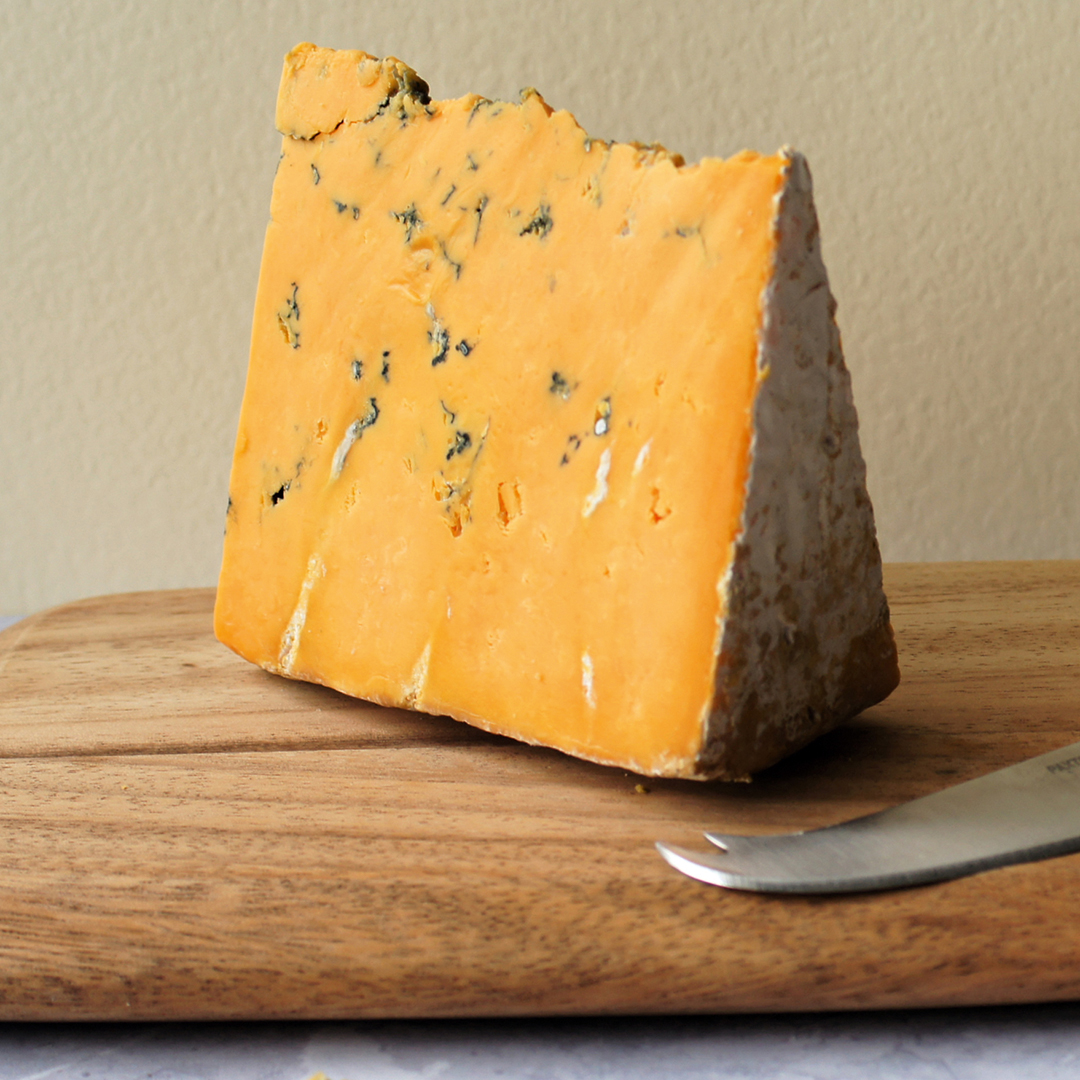
Originally made in Inverness, Shropshire Blue went into UK production in the 1970s with help from Paxton & Whitfield. A raw-milk cheese with a distinctive orange-and-blue profile, it’s made on Sparkenhoe Farm in Leicestershire. £8.75 per 250g
Behind the scenes at Paxton & Whitfield
It’s Sunday morning on Jermyn Street in high summer. The air is full of the promise of a glorious day ahead and the roads are empty — ignore the sandwich board outside Caffè Nero and you could easily be in 1922, not 2022. Yet, behind the reassuringly heavy door of No 93, a quiet revolution is taking place. As it turns 225 this year, Paxton & Whitfield — cheesemonger to the late Queen — is taking a giant step forward into the digital age.
If you do your weekly shop with Ocado, you might already know that, since July, the site’s 800,000-odd members have been able to get a Paxton & Whitfield cheeseboard (Stilton, Camembert de Normandie, Comté Androuet, cave-aged cheddar, Baron Bigod and Belgian Old Groendal) freshly cut to order and delivered anywhere in the UK within hours of clicking ‘pay’. It might sound a little incongruous, but, in fact, the business’s entire history has been one of — to reach for a very 21st-century word — agility. Paxton & Whitfield was one of the first cheesemongers to offer online shopping, with cheeses dispatched from its Bourton-on-the-Water headquarters in the Cotswolds packaged in sheep’s-wool insulation and, in March 2020, it led the way with virtual tastings over Zoom. Online sales tripled during lockdown, partly thanks to 25 to 35 year olds looking to support independent businesses.
Fitting within that age bracket is the company’s dynamic new managing director, James Rutter. A former chef who fell in love with artisan cheese when working in a restaurant (‘the weekly deliveries were my favourite part of the week’), he came from rival Neal’s Yard.
Sign up for the Country Life Newsletter
Exquisite houses, the beauty of Nature, and how to get the most from your life, straight to your inbox.
What was it that attracted him to Paxton & Whitfield? ‘Cheese,’ he beams, before quickly adding: ‘And the dedication to quality, being part of a business with such a rich history. There’s a reason the business has reached this age — it’s because we’ve always adapted and realised opportunities.’
"London was getting richer and its appetite for luxury foods was growing"
Let’s go back to the very start of the Paxton’s story. The year is 1742. George II is on the throne, Handel’s Messiah has premiered in Dublin — and a young Suffolk cheesemonger called Stephen Cullum is setting up shop in London’s notorious Clare Market. Now the site of the London School of Economics, it had survived the Great Fire and was full of crumbling Elizabethan buildings, where butchers sold what Charles Dickens would later describe as meat you had to take ‘on trust’. A far cry from Jermyn Street — but Cullum had quality cheese to sell and plenty of it.
In the 18th century, most moderately sized farms produced their own and regional varieties, such as Red Leicester, Cheshire and Double Gloucester, were starting to develop distinct identities. In all, there were some 40 different cheeses available to buy, many of which are still in circulation today.
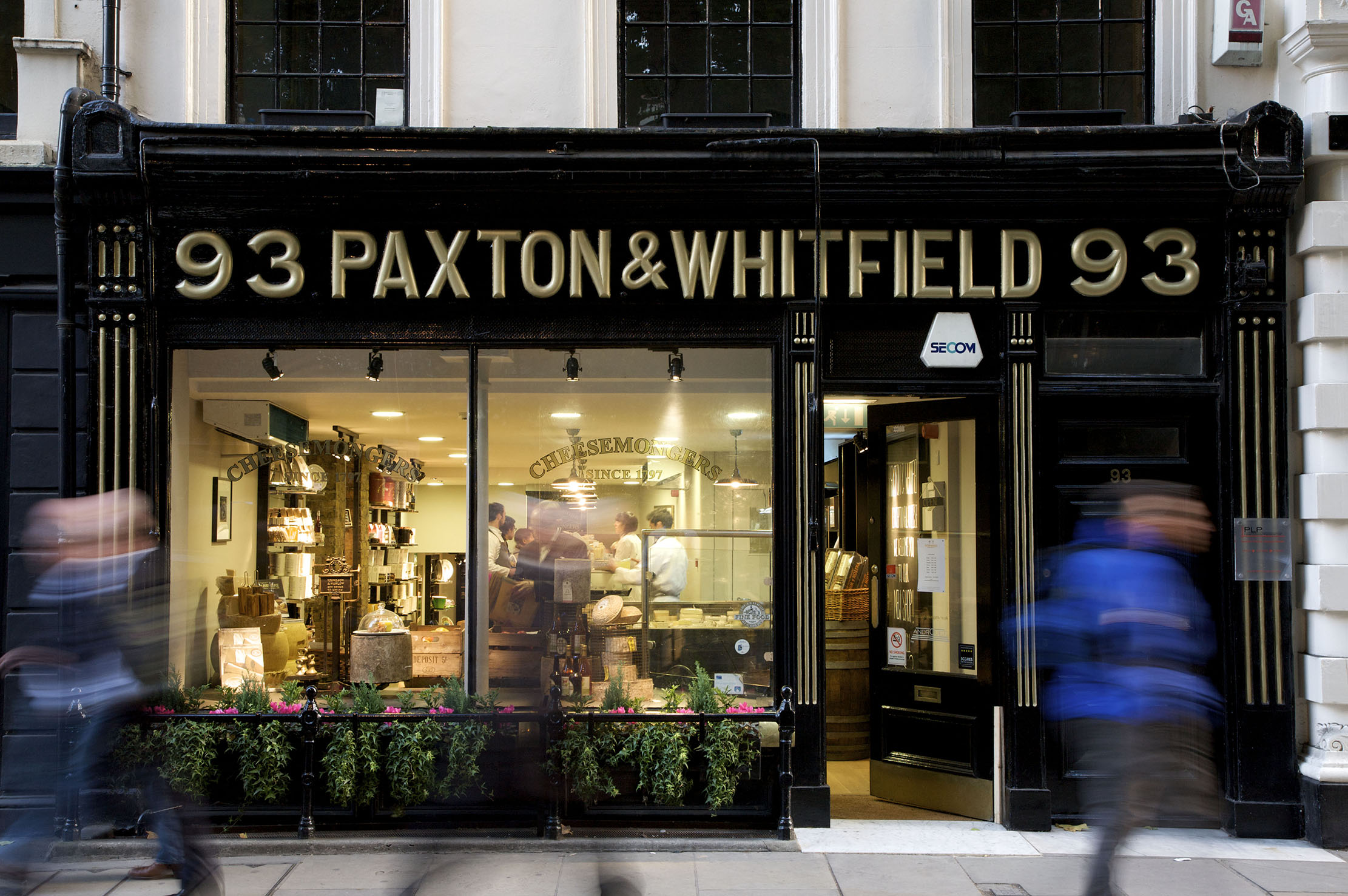
At the same time, London was getting richer and its appetite for luxury foods was growing. Cullum’s market stall grew into a successful family business, which his son Sam — setting his sights on even higher society — moved to Swallow Street in Mayfair in 1797. He developed a reputation for strict quality control, only buying from farmers who met his high standards and refusing to handle cheeses that he felt were sub-par (it wasn’t uncommon back then for poisonous heavy metals such as lead or copper to be sneaked into cheeses to give them what was felt to be a more appealing hue). Business boomed and Cullum Jnr brought in two new partners: Harry Paxton and Charles Whitfield, under whose names the company continued on Cullum’s retirement in 1832.
In 1835, construction began on Regent Street and Paxton & Whitfield relocated again — this time to Jermyn Street. The thoroughfare itself was new, but it already had a smart reputation, thanks to its proximity to the Royal Household. Soon, William Pitt, Thackeray and the Duke of Marlborough would move in and Lord Byron would stay in a Jermyn Street hotel on his way back from Greece. The new location was another gamble that paid off: in 1850, Paxton & Whitfield was given a Royal Warrant by Queen Victoria (who had been given a half-ton wheel of Somerset cheddar on her wedding day a decade earlier; it measured 9ft in diameter and later went on a tour of the country). It would be the first of many warrants — Paxton & Whitfield has held them continuously ever since and has traditionally made weekly trips to Buckingham Palace.
Before the Second World War, Paxton & Whitfield’s lavishly stocked windows were immortalised by Eric Ravilious and the shop sold some 2,000 Stiltons a year. But rationing and a dearth of farm workers saw its display dwindle to almost nothing — by 1951, you could only buy five cheeses there. In the interim, No 93 Jermyn Street became an ordinary grocery shop — albeit one where extraordinary things continued to happen. Churchill liked to say that ‘a gentleman buys his hats at Locks, his shoes at Lobbs, his shirts at Harvie & Hudson, his suits at Huntsman and his cheese at Paxton & Whitfield’. Charles de Gaulle visited and one of the flats above the shop was let to occultist Aleister Crowley, who is said to have had several dinners with Ian Fleming in 1941 at the nearby Cavendish Hotel, during which they discussed how occultism might be used to wrong-foot the Nazis.
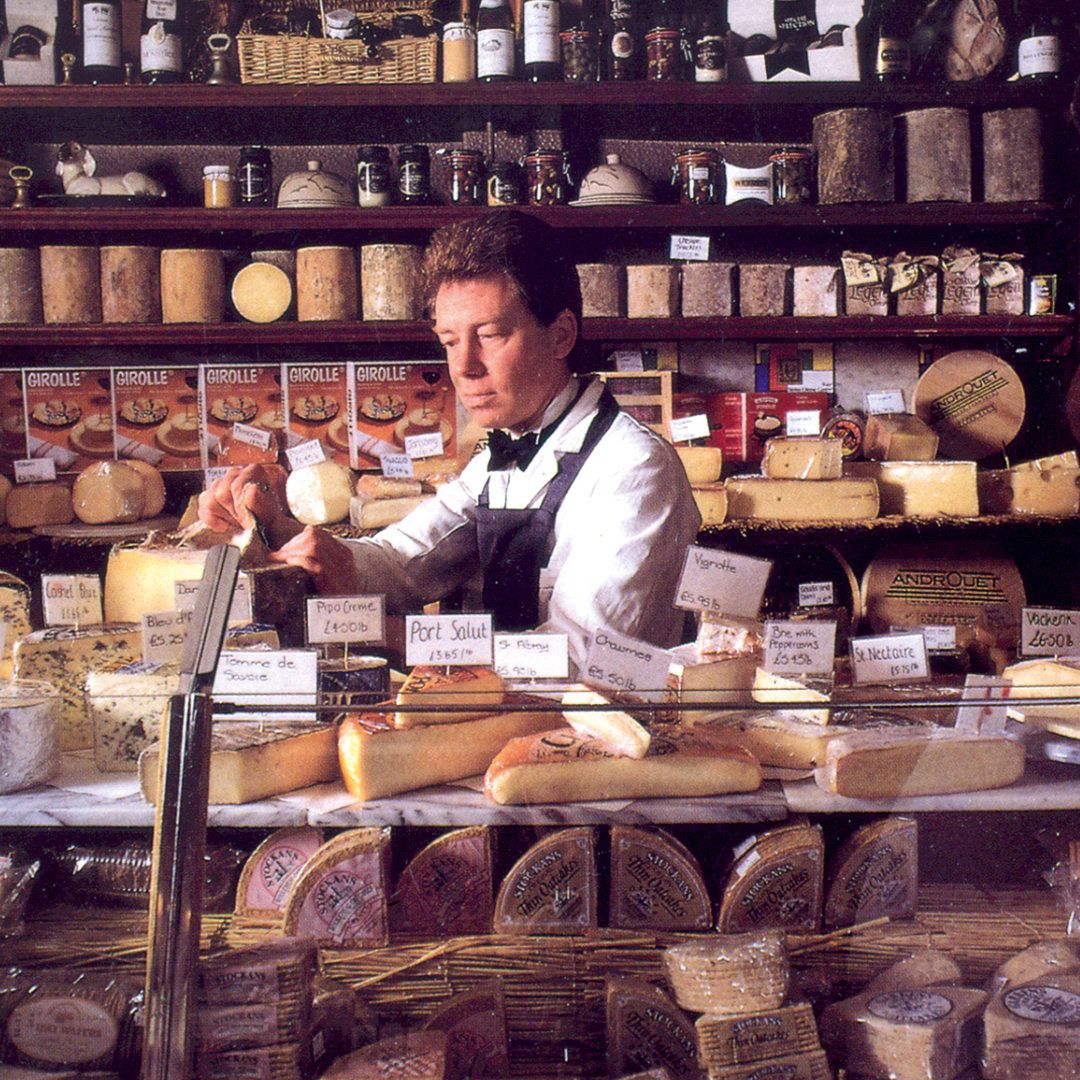
Amazingly, No 93 Jermyn Street survived the Blitz. However, a number of fires broke out, the worst of which saw the company’s files and archive destroyed. Although written records of its past are hard to come by now, Paxton & Whitfield’s history is everywhere — in the black-and-gold frontage, the ding of the door and the faultlessly polite service. Mr Rutter and his team are continuing the work that began after the Second World War, tirelessly supporting artisan cheesemaking. Last year, the company unveiled five new state-of-the-art maturation rooms in the Cotswolds, where precise control of temperature and humidity means that Paxton & Whitfield can actually work collaboratively with producers.
‘To give you an example, we started working recently with a Cumbrian ewes’ milk farmer called Martin Gott,’ Mr Rutter explains. ‘He came to see me and said that he had more milk than he had demand for — I said that, if he could make a cheese that could be aged for up to a year, we could buy it from him, mature it and then sell it during the times of the year when we have demand for it.’ The cheeses are brushed and turned twice a week and, during their second month of maturation, they’re rubbed with Cotswold Gold rapeseed oil. The first batch — fruity, savoury and delicious drizzled with honey — is now on sale, named after the man who started it all. ‘We did a straw poll in the office, and the verdict was that we should call it Cullum,’ says Mr Rutter. ‘I’m very glad he won.’
-
 Why British designers dream up the most desirable hotels
Why British designers dream up the most desirable hotelsWhen it comes to hotel design, the Brits do it best, says Giles Kime.
By Giles Kime Published
-
 The five minute guide to 'The Great Gatsby', a century on from its publication
The five minute guide to 'The Great Gatsby', a century on from its publication'The Great Gatsby' sold poorly the year it was published, but, in the following century, it went on to become a cornerstone of world literature.
By Carla Passino Published